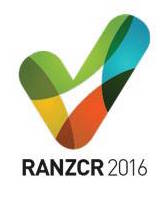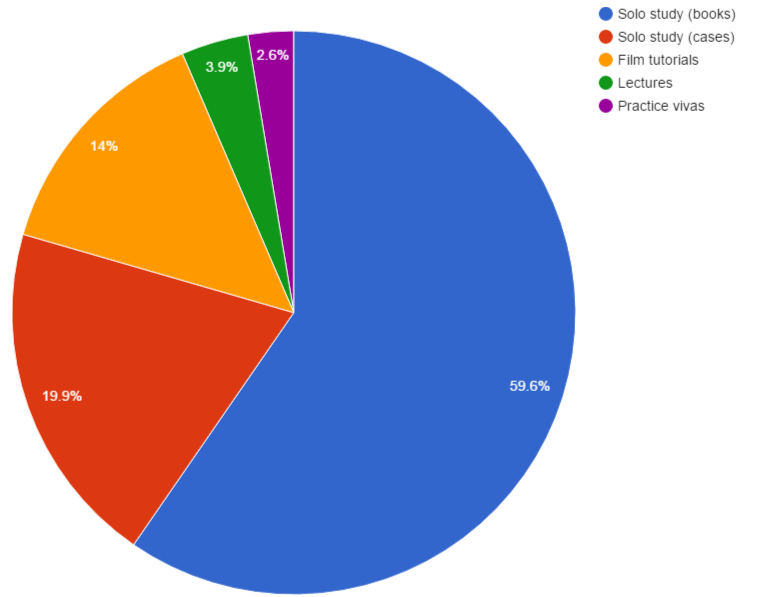
Radiopaedia.org and the Royal Australian and New Zealand College of Radiologists (RANZCR) are collaborating to give everyone in the world an opportunity to a submit a radiology case for the RANZCR 2016 Case of the Day competition.
Each day during the RANZCR 2016 Annual Scientific Meeting (October 13 - 16) on the Gold Coast a series of cases will be featured in the Case of the Day area. The cases will also be shared across Radiopaedia's social media network and on the homepage so the whole world can join in the learning.
The competition is open to anyone in the world, not just those living in Australia and New Zealand. This is our way of helping to make RANZCR 2016 a truly global education event.
Prizes
All successful Case of the Day submission will receive 12 months online access to our Adult Brain MRI review course and Neuroradiology Update 2016 course, featuring Frank Gaillard, Andrew Dixon and Peter Mitchell. Prizes will also be available for delegates at the conference who complete the daily case of the day quiz.
Dates
Submissions close on October 9, 2016 and the winners will be chosen by Radiopaedia and RANZCR in the following couple of weeks. Winners will be contacted by email, so please make sure the email listed in your Radiopaedia.org profile is correct.
Submitting a case
To have your case considered for the RANZCR 2016 Case of the Day, simply upload an awesome case to Radiopaedia and add the tag "RANZCR2016" in the right hand column of the case edit page. We're accepting great radiology cases from any subspecialty.

For those submitting a case to Radiopaedia for the very first time, you'll find that it is really easy. The short video tutorial below will help you with most things you need to know. It may also be worth checking out our case publishing guidelines.
Contact
If you have any questions, please write to [email protected].















 Unable to process the form. Check for errors and try again.
Unable to process the form. Check for errors and try again.